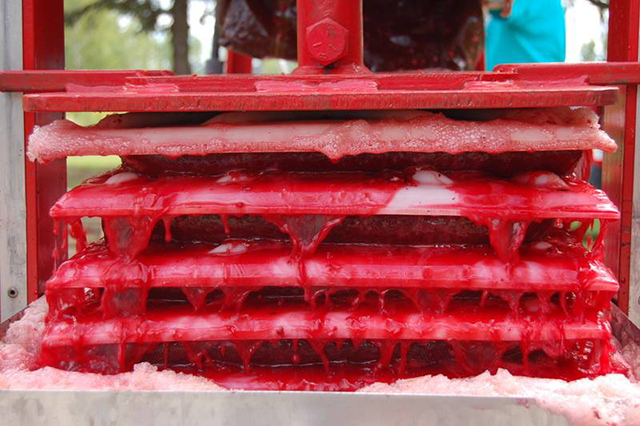
Your cidery could be very misunderstood. Like any craft industry, there are many intricacies that you as an owner or cidermaker may know, but educating the consumer could still be lacking.
A few cideries shared their thoughts on helping to increase the knowledge base of their clients.
Ben Nielsen, Lassen Cider, Chico, California: “I do not have a full scale taproom, just a tasting room where people can come in and sample then hopefully go home with bottles. Most of the teaching is done verbally. The education is really non-stop. So many people are still unfamiliar with dry, heritage style cider, and they don’t understand the difference with cheap, mass produced cider, other than the obvious sweetness levels. Even many people working at taprooms and retailers don’t understand the differences between cider production methods. Extolling the fact that we press our own fruit and that it all comes from within a few hours drive of where we produce it is one of our main selling points. Having articles in local newspapers has sent a lot of people to check out our tasting room. Participating in beer and wine festivals is also great marketing! I question the effectiveness of social media, but maybe it’s just because I don’t put enough effort into it.”
Nicole Ward, Eastman’s Forgotten Ciders, Wheeler, Michigan: “We are primarily the ones working customer facing events right now, so that has been the easiest way to make sure the consumer is educated about who we are, what we do, how we do it. … We also try to highlight a lot of the behind the scenes on our Facebook and Instagram pages. We find people want to connect with the humor and tasks of owning an orchard/cidery, as much as they do our ciders. With that being said, we try to use consistent verbiage when talking to the consumer, so our messaging is straightforward and the same regardless of who is working. 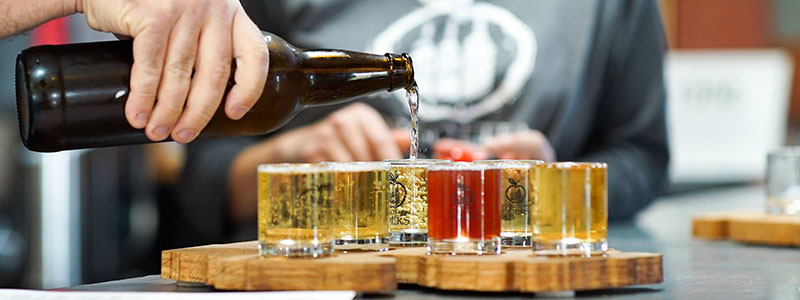
“We try to start with cool apple facts and information about what goes into our cider, because we have cool apples to talk about. Then when you start to talk about how we make our cider, they’re more interested. Then, it’s really about trying different ciders — ours and other people’s. That’s the only way people will start to become better cider connoisseurs. Not a ton of cider makers are producing really dry ciders, so it then becomes more about the nuances of the cider and how they might taste it differently because of the apples used in it.”
Olga Dressler, Dressler Estate, Downingtown, Pennsylvania: “Considering that our production space is in a converted garage, we ended up without the ability to operate a tasting room. We know this has a huge impact on our ability to talk directly with our consumers. Despite that fact, we choose to attend quite a few local farmers markets and treat them exactly how we would treat a tasting room. Our story is a very important part of our brand. Brian and I are the whole company and that usually surprises our customers! People ask us how we became involved in this industry and what we enjoy most. Our answers always revolve around the partnerships that make our dream possible. Since taprooms are an important way for consumers to see the process and ask questions, we make every effort to answer questions and guide people on how cider relates to other beverages they enjoy. As cider makers who produce from a winemaker’s perspective, sharing the process is the first step in educating our consumers. Brian and I spend time talking with consumers about the cider making process and how that differs from beer production. Lastly, to round out the picture for new cider consumers, we share our experiences and customer feedback on great food pairings since cider loves food!”



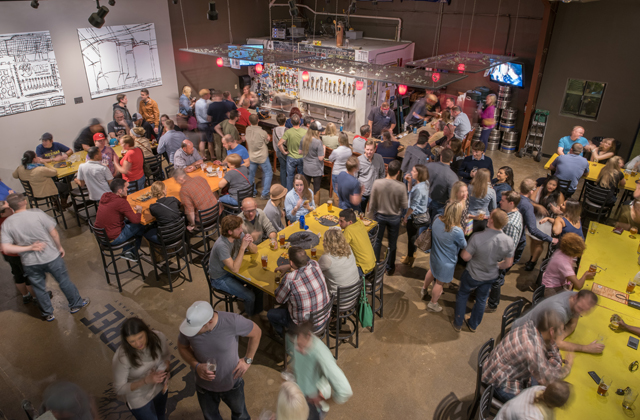
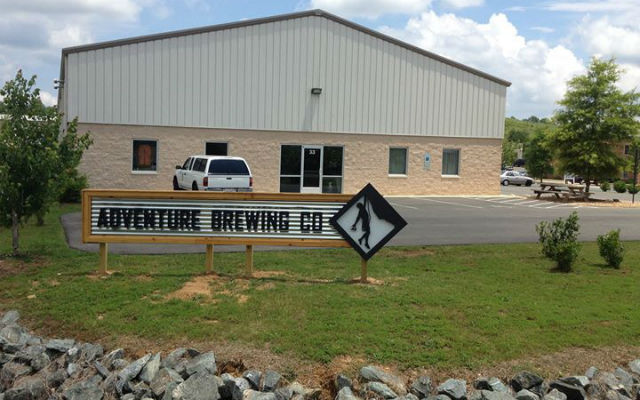
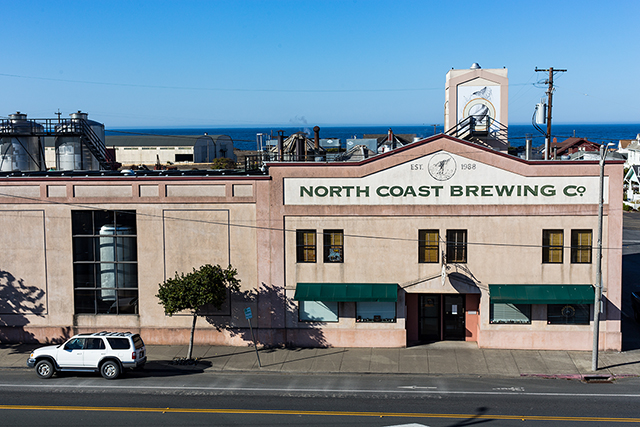
1 Trackback / Pingback